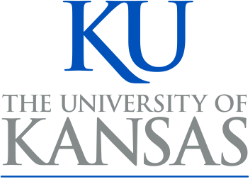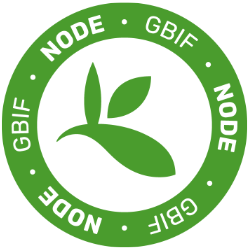UF CAIRES (Center for Adaptive Innovation, Resilience, Ethics, and Science) sponsored a two-day Sustainability and Social Media Conference on Friday, April 17-18 2015, at the Levin School of Law. iDigBio graduate student Randy Singer was fortunate enough to be invited as a panelist for a session on Digitizing Nature.

Recently, I was fortunate enough to have been invited as a panelist for the UF CAIRES (Center for Adaptive Innovation, Resilience, Ethics, and Science) Sustainability and Social Media Conference held at the Levin School of Law. The goal of this interdisciplinary conference was to create an interactive stage for experts, faculty, students and practitioners to explore the opportunities and dangers of employing social media to further the pursuit of environmental caretaking, social justice and empowerment, and the development of sustainable business, technologies and communities. The conference kicked off on Friday April 17, with a poster session and a reception to introduce the participants and concluded on Saturday April 18 with a full day of panels and discussions.
 The format of the conference was centered on several sessions with panels consisting of three experts in a given field. Panel participants included such diverse backgrounds as PhD students and professors in various disciplines, GIS experts, CEOs, and marketing and business professionals. The sessions were an hour in length and began with each panelist giving a 15 minute interactive talk about their ideas for uses for social media in their associated field or projects they had completed. Following the presentations, the moderator facilitated organized discussion between the panelists and the audience. The final 15 minutes was reserved for the floor to be opened to any questions from the audience.
The format of the conference was centered on several sessions with panels consisting of three experts in a given field. Panel participants included such diverse backgrounds as PhD students and professors in various disciplines, GIS experts, CEOs, and marketing and business professionals. The sessions were an hour in length and began with each panelist giving a 15 minute interactive talk about their ideas for uses for social media in their associated field or projects they had completed. Following the presentations, the moderator facilitated organized discussion between the panelists and the audience. The final 15 minutes was reserved for the floor to be opened to any questions from the audience.
The session in which I was a panelist was entitled: Digitizing Nature. I shared the panel with Nicholas Johnson, a UF undergraduate student exploring novel uses for GIS and Angela Colonna, the public relations coordinator for Healthy Gulf Healthy Communities. My presentation was on the uses of social media in the natural sciences. I emphasized how social media can facilitate new research ideas, the sharing of information with colleagues, and the public and real-time collaborative research via telepresence and messaging. Additionally, I stressed how social media provides a platform for organizations like iDigBio to have a real time interface with the public to discuss science, digitization, collection holdings, and current research within biological collections. There was a great deal of discussion stimulated by the idea of social media providing an outlet for non-scientists to communicate and participate in research and disseminating scientific information by “going viral”. All in all I think the conference met the goals of facilitating discussion and collaboration on how to effectively use social media and it was a great honor to be invited as a panelist.
If you are interested in other activities conducted by UF CAIRES here is their Facebook page: https://www.facebook.com/UFCAIRES







